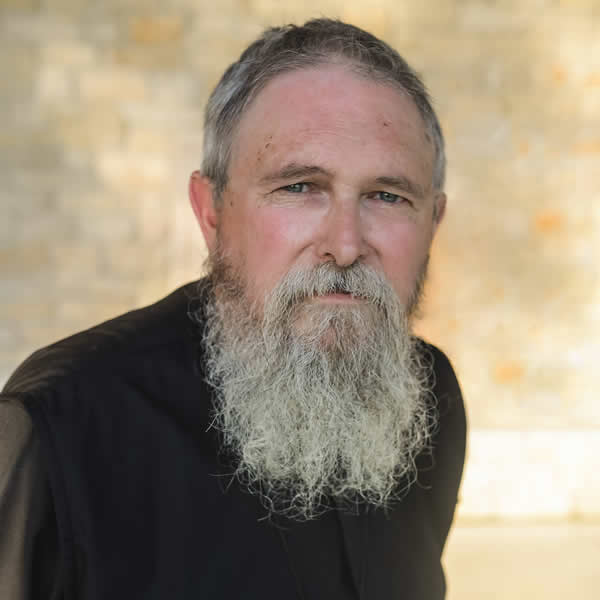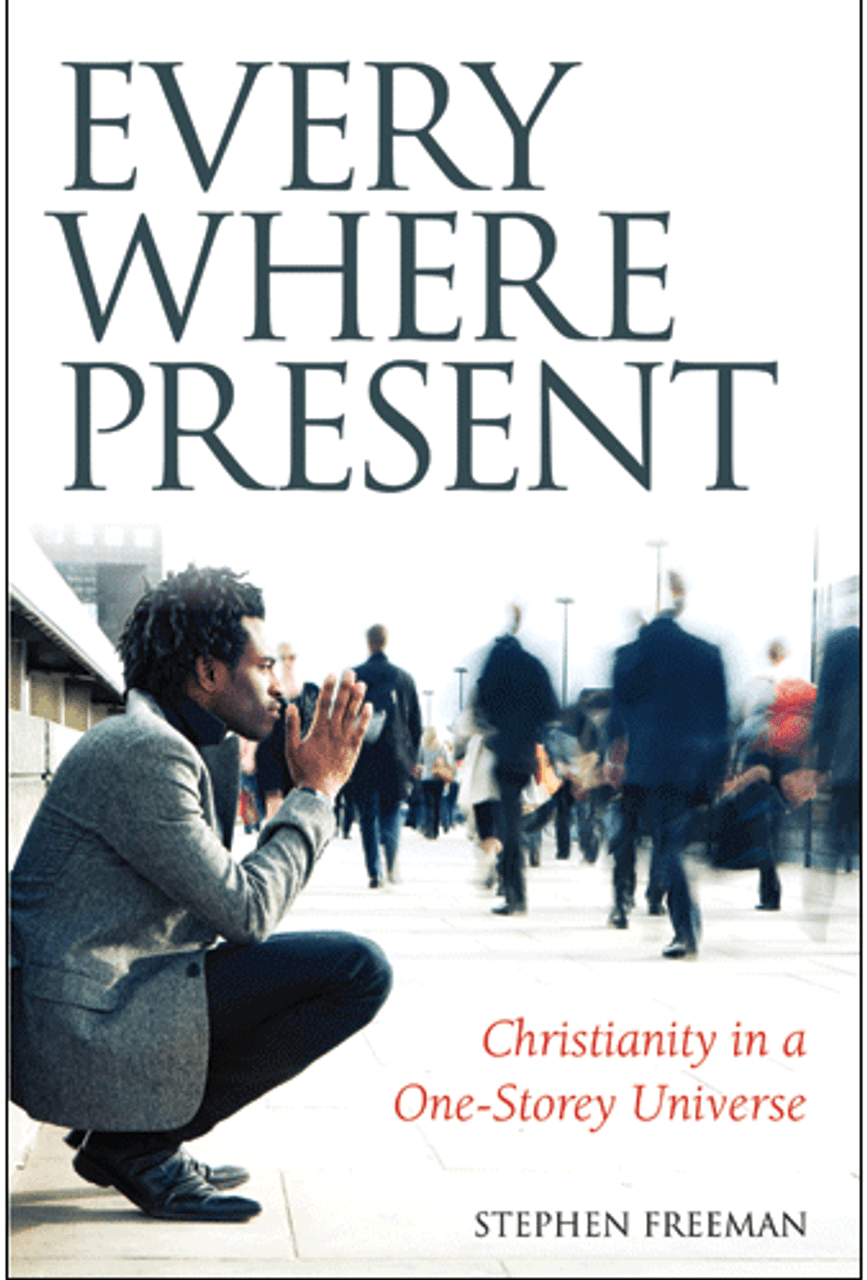From an earlier post on the Cross.
In writing about our union with Christ I offered the following as the response to a question. It seemed to me, worth a posting of its own, though it be short. I have, however, added a few thoughts to it.
There are many ways of which to speak of Christ’s work on the Cross, all of them, of course, seeing it as central. In some ways, it is the whole of the Old Testament in a single moment. Which image of sacrifice is not fulfilled in that Great Sacrifice, and yet there are many images? Christ is also the Paschal Lamb, which itself is not part of the normal sacrificial system and yet it is in the Cross as well.
Nor does the sacrificial system make much sense except by some aspect of union with that which is offered. But on the Cross, Christ completes His union with us, if I may be so bold, by assuming even our death that by death He might trample down death.
The mistake too easily made is to think of the Cross as only one thing. The Cross is everything. All things are summed up and completed by Christ on the Cross, just so, everything is summed up and healed in His resurrection from the Dead. On the Cross He is the serpent lifted in the wilderness. On the Cross He is the Lamb of the Passover. On the Cross He is the Offering of Atonement. On the Cross He is Moses’ staff stretched over the waters of the Red Sea. On the Cross He is the arms of Moses stretched out at the destruction of Amalek. On the Cross He is the ram in the thicket that God gave in place of Isaac. On the Cross He is Blood poured out on the Mercy Seat. On the Cross He is the love of God made manifest in its utter self-emptying. On the Cross He is the Bridegroom now come for His bride to bring her back from the dead. On the Cross He is man in His alienation from God and God in His union with man.
All of these are part of the fullness of what it means to be forgiven, and I have only barely touched the edge of it. God has reconciled us to Himself through the Cross of Christ. This is not to say one thing – it is to say everything.
We’ll have read my writings wrong if it is seen that I have offered “the” explanation of the Cross. The Cross is the explanation of everything else, while no one other thing can explain the Cross.






Leave a Reply